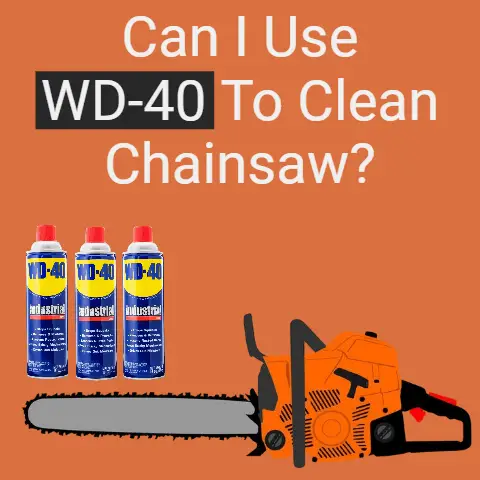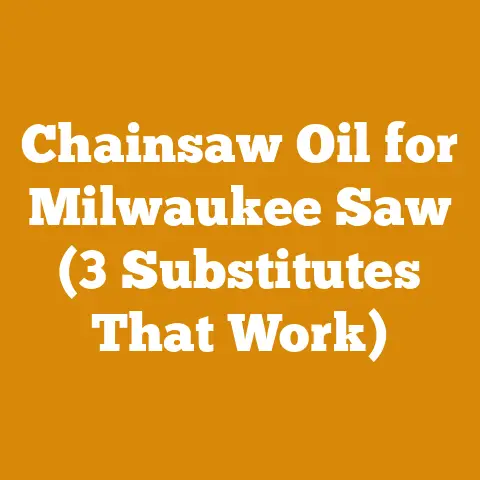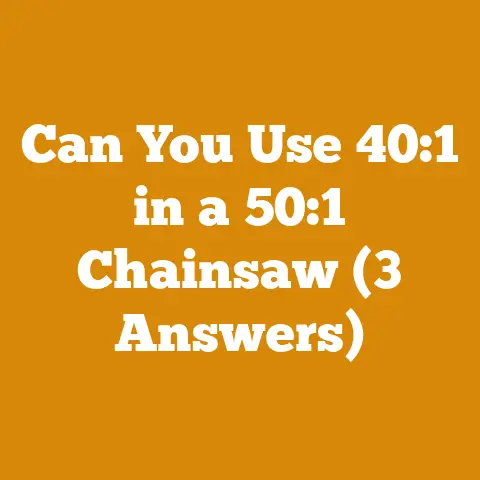Chainsaw Clutch Removal Tool (5 Tools You Need)
Ever tried removing a chainsaw clutch and felt like you’re wrestling with a stubborn puzzle? You’re not alone. This task can feel like a real challenge, especially if you’re not equipped with the right tools. But fear not, my friend! Today, we’ll explore five essential tools that make chainsaw clutch removal a breeze.
Why is the Clutch So Important?
Before we get into the nitty-gritty, let’s quickly touch on why the clutch is crucial. The clutch ensures your chainsaw’s chain only spins when you want it to, preventing accidents and ensuring efficiency. So, maintaining it well is key!
The 5 Tools You Need
1. Chainsaw Clutch Removal Tool
Overview:
This tool is specifically designed to fit around the clutch, allowing you to turn it with ease.
Why It’s Needed:
Without this tool, you might damage the clutch or other parts of the chainsaw.
My Experience:
I once tried using makeshift tools, and trust me, it was a disaster. Investing in a good clutch removal tool saved me time and headaches.
2. Spark Plug Wrench
Overview:
Before removing the clutch, you need to remove the spark plug to prevent accidental starts.
Safety Tip:
Always disconnect the spark plug before working on your chainsaw to avoid accidents.
Story Time:
I remember a time when I forgot this step. The chainsaw started unexpectedly, and I learned my lesson – safety first!
3. Piston Stop Tool
Overview:
This tool prevents the piston from moving while you work on the clutch.
Why It’s Essential:
Without it, the engine can turn over, making clutch removal impossible.
Troubleshooting Insight:
If you find the piston still moves, double-check that your piston stop tool is correctly installed.
4. Socket Set
Overview:
A good socket set helps in removing bolts and nuts around the clutch area.
Pro Tip:
Ensure your socket set includes the right size for your specific chainsaw model.
Personal Note:
I once borrowed a friend’s socket set and ended up stripping a bolt because it was slightly off-size. Lesson learned – always use the right size!
5. Torque Wrench
Overview:
After removing and servicing the clutch, use a torque wrench to ensure everything is tightened correctly during reassembly.
Importance:
Proper torque prevents parts from loosening during operation, ensuring longevity and safety.
Friendly Advice:
Always refer to your chainsaw’s manual for specific torque settings to avoid damaging components.
Step-by-Step Guide to Removing a Chainsaw Clutch
Prerequisites and Required Materials:
- Chainsaw Clutch Removal Tool
- Spark Plug Wrench
- Piston Stop Tool
- Socket Set
- Torque Wrench
- Safety Gloves and Goggles
Step-by-Step Process:
- Prepare Your Workspace:
- Find a clean, flat surface.
- Gather all necessary tools.
- Wear protective gloves and goggles.
- Disconnect the Spark Plug:
- Use the spark plug wrench to remove the spark plug.
- Ensure no accidental starts can occur.
- Insert the Piston Stop Tool:
- Remove the spark plug and insert the piston stop tool into the hole.
- Turn the flywheel gently until the piston hits the stop.
- Use the Clutch Removal Tool:
- Fit the tool around the clutch.
- Turn counterclockwise to loosen and remove the clutch.
- Check for Wear:
- Inspect the clutch for any signs of wear or damage.
- Replace if necessary.
- Reassemble:
- Follow these steps in reverse order using your torque wrench for precise tightening.
- Reattach the spark plug last.
Important Safety Precautions
- Always Disconnect Power:
Before starting any work, disconnect power sources like the spark plug to prevent accidents. - Wear Protective Gear:
Safety goggles and gloves protect against debris and injury. - Follow Manufacturer Guidelines:
Refer to your chainsaw’s manual for model-specific instructions.
Common Questions and Concerns
Why Isn’t My Clutch Budging?
- Check if the piston stop tool is properly inserted.
- Ensure you’re turning in the correct direction (usually counterclockwise).
What if I Don’t Have a Piston Stop Tool?
- Avoid makeshift solutions; they can damage your chainsaw.
- Purchase a proper piston stop tool for safety and efficacy.
How Often Should I Check My Clutch?
- Regularly inspect during routine maintenance or when performance issues arise.
Troubleshooting Tips
- If bolts are stripped, use an extractor set for removal.
- If parts seem jammed, apply a penetrating lubricant to loosen them.
- Regularly clean and maintain tools to ensure optimal performance.
Final Thoughts
Working on your chainsaw can be daunting without the right tools and knowledge. But with these five essential tools, you’ll find clutch removal much more manageable. Always prioritize safety, follow guidelines, and don’t hesitate to reach out if you have questions or need further guidance. Happy sawing!
FAQ Section
Q: Can I use regular pliers instead of a clutch removal tool?
A: No, using improper tools can damage your clutch or chainsaw components.
Q: How do I know if my clutch is worn out?
A: Look for symptoms like slippage, unusual noises, or visible wear on the clutch.
Q: Is it okay to lubricate my clutch?
A: Generally, clutches are self-lubricating; consult your manual before applying any lubricants.
Remember, having the right tools not only simplifies your work but also ensures your safety and prolongs your chainsaw’s life. Stay safe out there!






